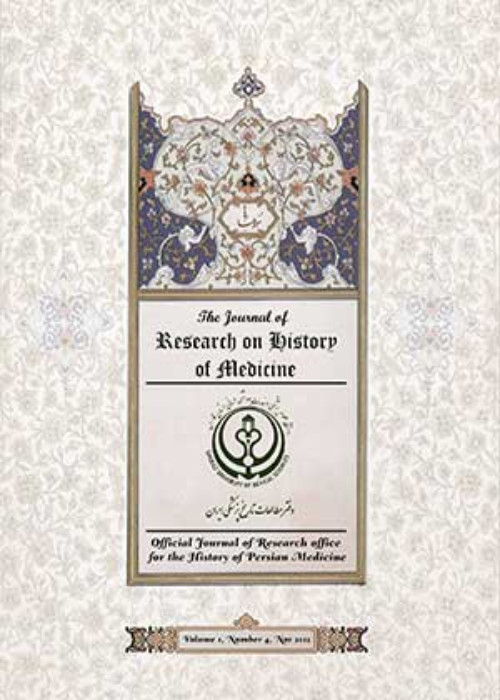An Approach to Jaundice in Medieval Persia: Hidayat of Akhawayni
Author(s):
Abstract:
In modern medicine, Albrecht von Haller is often known as the first figure who described obstructive jaundice in 1764.1 However, our investigations support the fact that Islamic Medicine Golden Age (9th to 12th centuries AD) physicians were able to differentiate obstructive jaundice and other forms of this medical issue, as the descriptions provided by Haly Abbas (? 930-994 AD).2 Interestingly, our new studies have revealed that Akhawayni (?-983 AD) of Persia provided a more comprehensive approach to Icterus and its causes in his survived manual of medicine, entitled Hidayat al-Mutaallimin Fi al-Tibb (A Guide to Medical Pupils).3 Akhawayni Bukhari (?983 AD) (known as Joveini in Latin), with the full name of Abubakr Rabi-ibn Ahmad Akhawayni Bukhari, was a medieval Persian scholar who was born in the city of Bukhara in Old Persia.4 He learned the art of medicine under the guidance of Abu Al-Qasem Taher-ibn Mohammad-ibn Ibrahim Maqaeni, a Rhazes scholar. He was one of the impressive figures of Islamic Golden Age.5 About the general etiology of jaundice, Akhawayni says: Be aware that the cause of jaundice is excess amount of bile that distributes to all parts of the body and causes yellowish discoloration of the body
.6 He noted the inflammation of the liver and inability to excrete the bile as the causes of the jaundice. Akhawayni described foods and drugs as other causes of jaundice (known as drug-induced liver injury in modern terminology).7 He mentioned snake bite as a cause of Icterus (corresponding to the snake-bite-induced intravascular hemolysis in modern medicine).8 Considerably, Akhawayni was able to differentiate obstructive and non-obstructive jaundice. He explains:
if the obstruction occurs within the duct located between gallbladder and intestine (connects them),
inevitably the stool becomes whitish [clay-colored stool] and urine becomes reddish [tea-colored urine]
. If the obstruction does not occur and the cause is the liver, both urine and stool are colorful [no clay-colored stool]
.
Language:
English
Published:
Journal of Research on History of Medicine, Volume:6 Issue: 2, May 2017
Page:
99
magiran.com/p1698637
دانلود و مطالعه متن این مقاله با یکی از روشهای زیر امکان پذیر است:
اشتراک شخصی
با عضویت و پرداخت آنلاین حق اشتراک یکساله به مبلغ 1,390,000ريال میتوانید 70 عنوان مطلب دانلود کنید!
اشتراک سازمانی
به کتابخانه دانشگاه یا محل کار خود پیشنهاد کنید تا اشتراک سازمانی این پایگاه را برای دسترسی نامحدود همه کاربران به متن مطالب تهیه نمایند!
توجه!
- حق عضویت دریافتی صرف حمایت از نشریات عضو و نگهداری، تکمیل و توسعه مگیران میشود.
- پرداخت حق اشتراک و دانلود مقالات اجازه بازنشر آن در سایر رسانههای چاپی و دیجیتال را به کاربر نمیدهد.
In order to view content subscription is required
Personal subscription
Subscribe magiran.com for 70 € euros via PayPal and download 70 articles during a year.
Organization subscription
Please contact us to subscribe your university or library for unlimited access!


